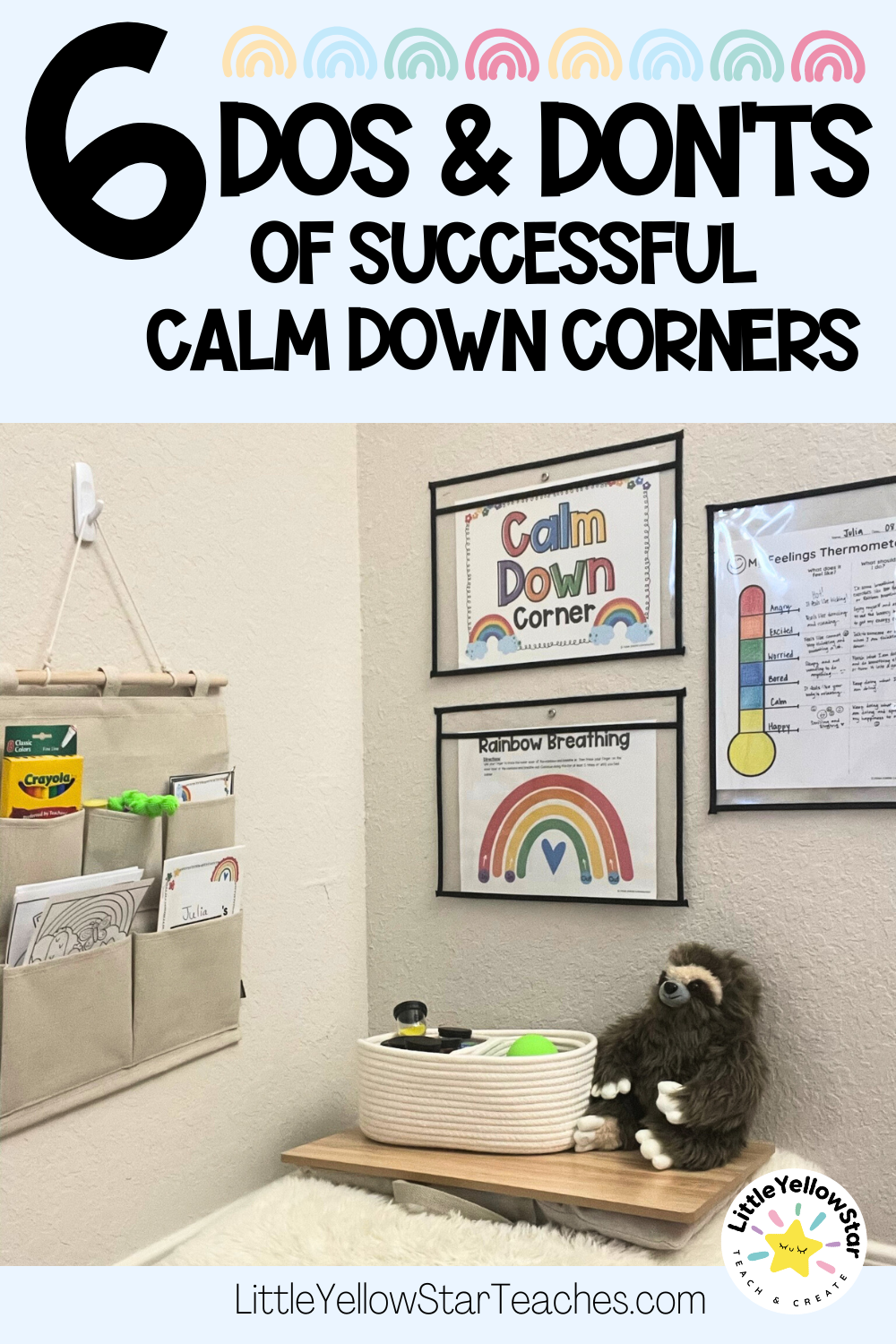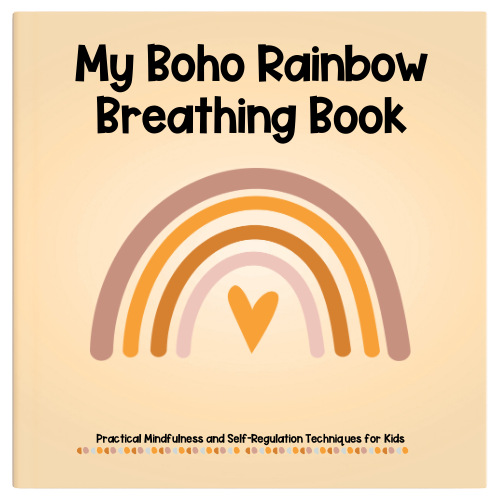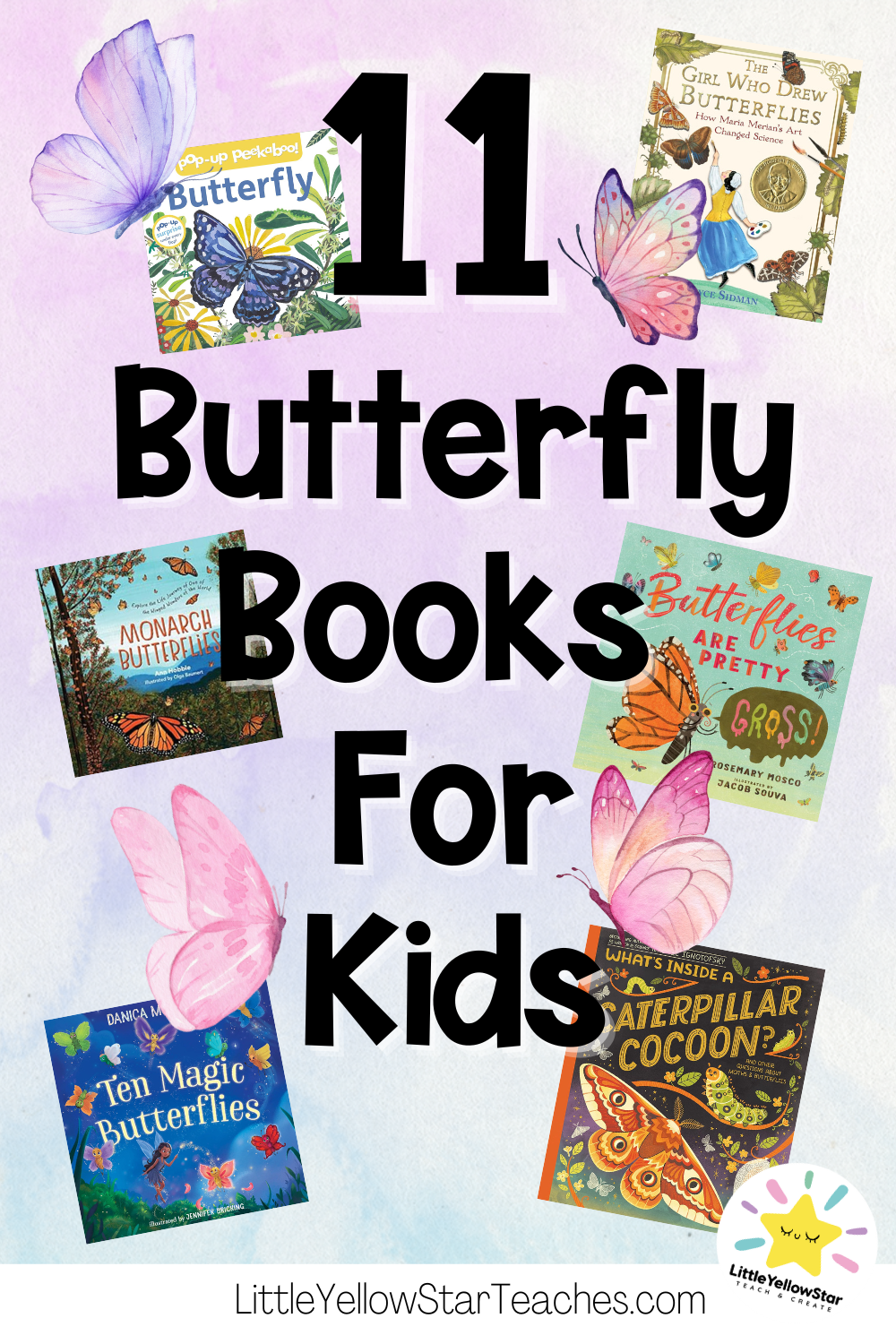In the whirlwind of emotions that children experience daily, a safe space to reflect and breathe can make all the difference.
I didn’t start setting up Calm Down Corner in the classroom until later in my teaching career. The truth was that I didn’t know about it until a PD during back-to-school training.
Before that, when I sensed that a student needed a mental break, I would allow them to go to the nurse or sit under their teacher’s desk to escape and self-regulate while I was teaching. Having a designated safe space in the classroom was a big game-changer!
Creating a Calming Corner for kids is easy, but to make it effective and let it serve the intended purpose was not. It took many self-reflection, class reflections, trials, and errors for me to figure it out.
So here I am, sharing what I have learned with you!
In this post, you will find the Dos and Don’ts of setting up and implementing a Calm Down Corner. Please keep in mind that every home and classroom is different, so if some of the Dos are not working for you and Don’ts are, keep doing what you are doing. These are just some ideas for you to keep in mind and might help you solve some recurring problems you are experiencing or prevent some of them from occurring.
Freebies Alert! I also have a free Calm Down Corner Guideline Poster as well as Substitute/Caregiver Handout that are Editable for you at the end of the post! Be sure to read the post to understand why you might need them.
Let’s get started.
The Purpose of Calm Down Corners
Before diving into the Dos and Don’ts, it is worth iterating the purpose of Calm Down Corners.
At home, Calm Down Corners might have a different intention and purpose than Calm Down Corners in the classroom. The intention behind setting up a calming corner for kids will significantly impact the implementation.
Typically, the purpose of Calm Down Corners in the classrooms is to provide a safe space for a child to self-regulate. Self-regulation is the key because a child could be experiencing big feelings while the teacher is not available to attend to them immediately. The intention is to have a space where they can remove themselves and calm down while waiting for the teacher or to self-regulate. Because of this, a Calm Down Corner in the classroom is a special place reserved for that specific purpose only.
At home, a calming corner for kids could look very different. It could be where your child goes when they want to be in a relaxing and calm environment. Or, if you want to reserve it as a safe space for self-regulation, you can also do that.
For this post, the purpose of calm down corners is to create a designated safe space for a child who is feeling overwhelmed with emotions to express and self-regulate.
6 Dos and Don’ts of Calm Down Corners
The Dos of Calm Down Corners
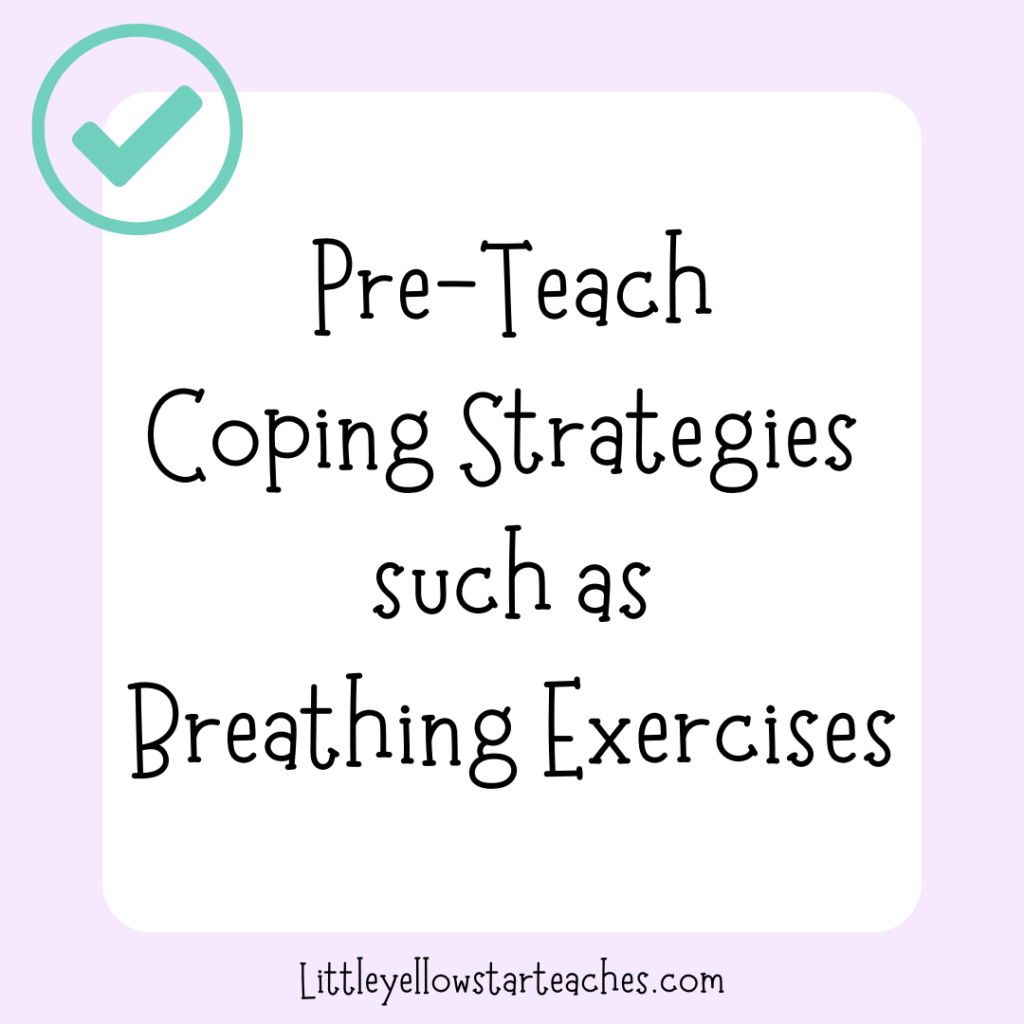
- Choose The Right Spot – Just as one would select an ideal reading spot, choose a quiet location away from high-traffic areas. Make sure it remains within easy access for children.
- Make It Inviting – Incorporate soft pillows, ambient lighting, and calming colors like pale blues or soft greens. Involving your child in decorating promotes a sense of ownership and connection.
- Pre-Teach Coping Strategies – Children are not born knowing how to self-regulate. Provide them with coping strategies to ensure success in self-calming. This will ensure they are successful when calming down because they know what they can do.
- Equip with Useful Tools – Add visual aids such as posters or cards illustrating coping strategies. In line with pre-teaching coping strategies, teach your child or children how to use those posters or cards. Consider items like stress balls, quiet sensory bottles filled with glitter, or emotional cue cards. Gentle music can also provide auditory calm. Check out my post on 5 Fidget Tools You Need In Your Calm Down Corner.
- Set Clear Guidelines – Emphasize that the space is for reflection and self-regulation. Establish guidelines detailing its appropriate use, ensuring it’s not misconstrued as a time-out or play area.
- Model Proper Use – Demonstrate when and how a child should approach the calming corner, especially if you are in the classroom. Role-play scenarios to familiarize all students with its use and eliminate any stigma or hesitation. Get the whole class or family involved! Check out my post on How To Introduce Calm Down Corner In The Classroom.
Check Out Rainbow Mindfulness Books and More!
The Don’ts of Calm Down Corners
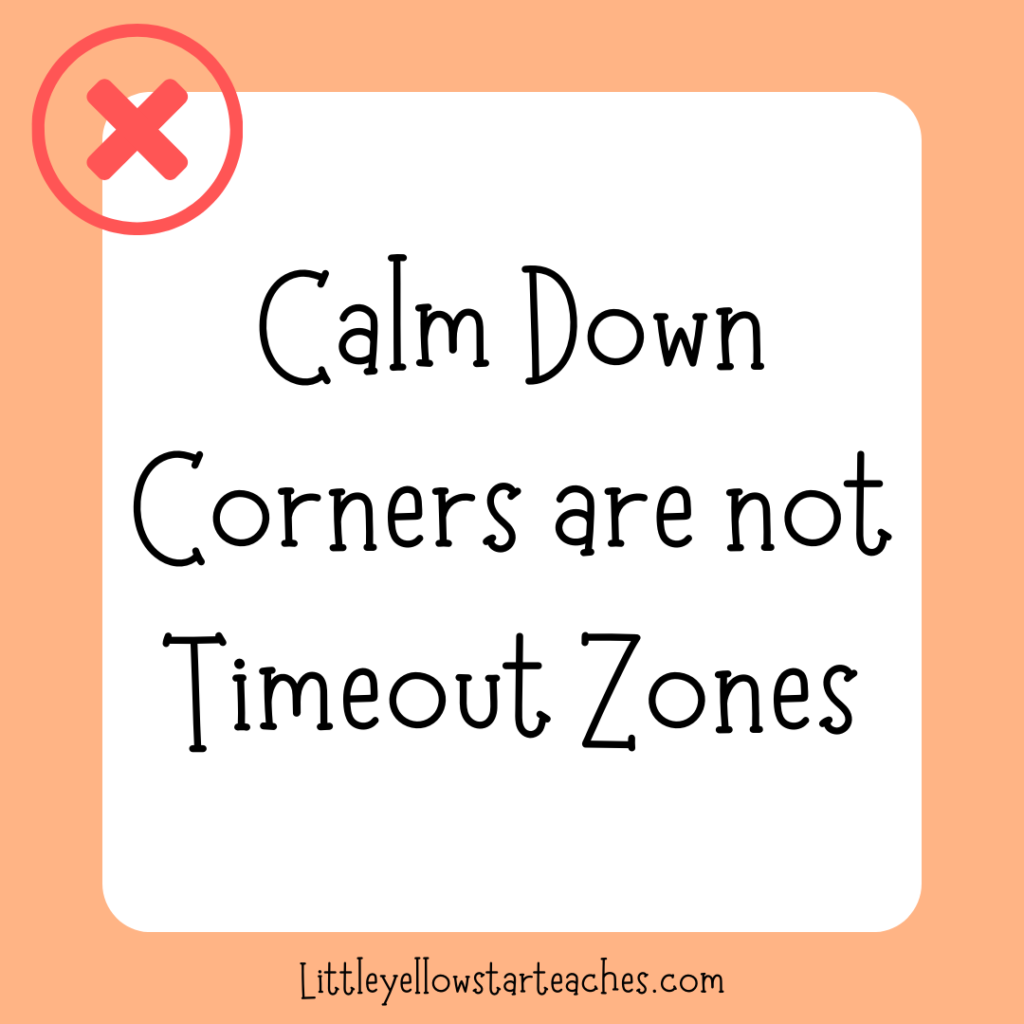
- Turn it into a Timeout Zone or Punishment Zone – It’s essential to differentiate between a time-out and a calm-down corner. The corner should signify solace, not punishment. This distinction is crucial for its efficacy.
- Many Distractions – This isn’t a play zone. Refrain from including electronics or highly stimulating toys which could distract from their core purpose.
- Overcrowd It With Decor and Tools – Less is often more. Too many items can distract rather than relax. Stick to a few effective tools and rotate them occasionally to keep the space fresh.
- Forcing a Child To Use It – While the corner is beneficial, it shouldn’t be mandated. Every child’s needs are unique. Just like everything new, it takes some getting used to. Your child or students might not use it right away, but over time, you might be surprised how much they appreciate having it available.
- Set a Time Limit – Experiencing big feelings is hard enough, so don’t pressure the child. Allow children the time they need. Placing a limit might add unnecessary pressure.
- Intervene Regularly – Trust in a child’s ability to self-regulate. While the urge to intervene is strong, sometimes it’s best to let them process independently unless they request assistance or if safety becomes a concern. But listen to the child. If they want you there, be there to help, be there.
Additional Tips For Parents and Teachers
- Regularly Check In – Talk to your child or students about how they feel in the corner and tweak as necessary.
- Educate Other Adults – Let’s create a village of understanding. Discuss the concept with other caregivers, substitutes, teachers, or family members to maintain consistency.
- Allow Child Input – If your child or students have ideas of what you should add to the Calm Down Corner, listen to their input. After all, the Calm Down Corners are for them.
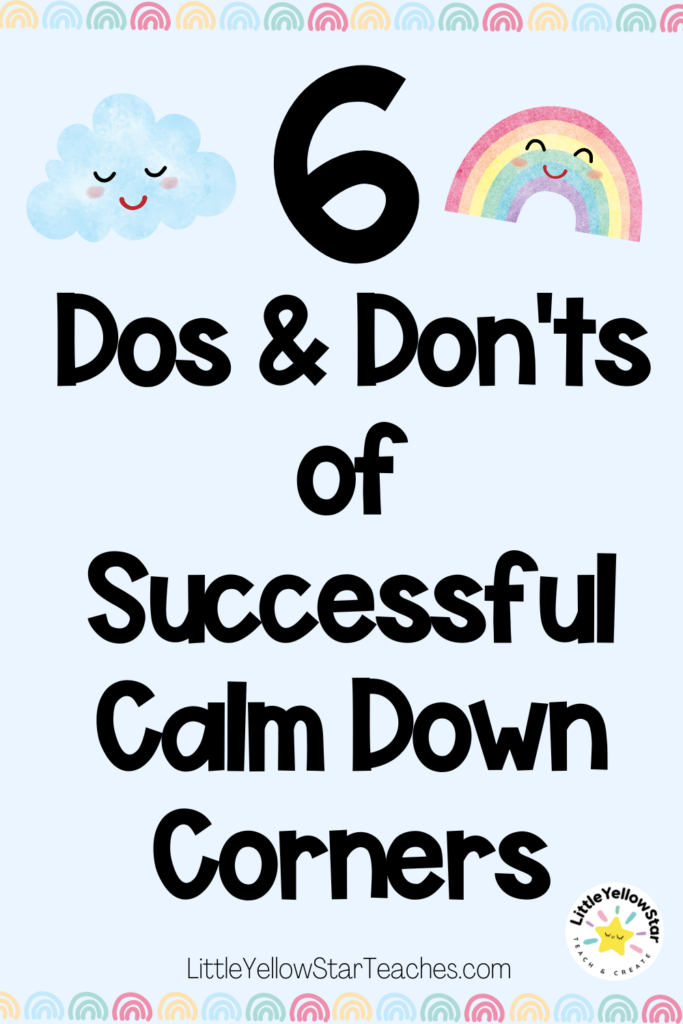
Navigating childhood emotions can often feel like a rollercoaster for the child and the adults around them. With tools like the Calm Down Corners, we can equip our children to manage these emotional ups and downs. It’s about fostering both a physical and emotional safe space.
Every child, home, and classroom is unique. I’d love to hear how you are using Calm Down Corner and what works or doesn’t work for you. Please share your experiences, insights, or any little tweaks that made it special for your child. You can tag me on Instagram @LittleYellowStarTeaches. Let’s build a community of calm together.
Bye for now,
Prima from LittleYellowStar
* * *

